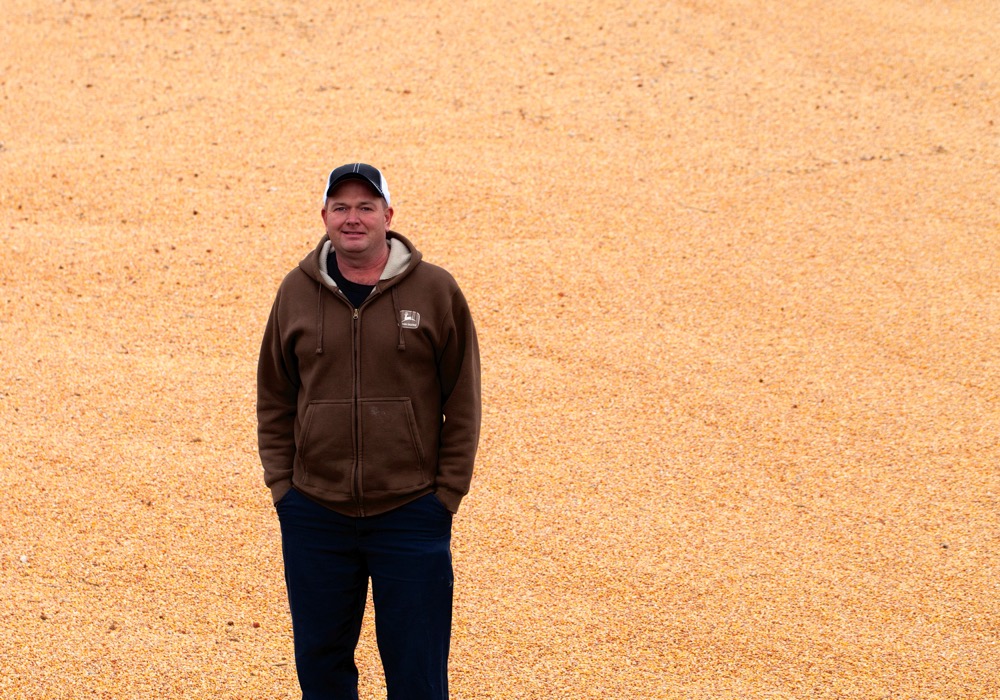Like a lever pulling open a chute, basis makes grain flow. Or it shuts it off.
Grain buyers use basis to attract grain when they need it. If they offer a higher local cash price, they’re in fact offering a stronger basis than other buyers in the area. A weak basis means the cash price is low relative to the futures market and signals weakening local demand or over-supply.
Basis reflects not only the level of competi- tion among grain buyers, but also the cost of marketing grain, and it doesn’t fluctuate as often or as quickly as futures prices.
Read Also

Sensing the soil: Root cell research finds ‘stress hormone’
Research into how root cells react to soil stressors could help plants better adapt to changes in their climate.
Generally farmers can make better choices about when to market, where to market and how to lock in prices by following basis levels. To be on top of that game, however, they need to understand all the factors involved.
Wheat basis history in the post-monopoly era is still building the track record that will give everyone a better idea of basis ranges, says Neil Blue, crop market analyst for Alberta Agriculture and Forestry in Vermilion, Alta. Blue also teaches a “learn-to-do-by-virtual-doing” marketing course offered jointly by the Alberta Canola Producers Commission and Alberta Wheat Commission.
“There has been a wide range of basis lev- els since the removal of the Canadian Wheat Board monopoly,” Blue says.
Blue also says most grain companies in Western Canada are quoting wheat basis as the difference between a cash price and the appropriate U.S.-denominated futures price and indicating the currency exchange rate is considered in that quoted basis level. “This method of stating wheat basis in an uncertain or unknown currency does not provide the level of transparency that we have in other markets,” he says.
For as far back as we have records on calculating cattle and hog basis levels in reference to the U.S. futures market, the respective basis levels are calculated as the difference between our cash price and the “Canadianized” futures — converted to Canadian dollars using the current exchange rate.
You should understand how wheat basis is reported before you enter a contract, says Blue.
Before you enter into a contract, confirm the currency details. Also you should know when the basis contract will be settled against a futures position. Is the contracted basis applied directly to the U.S.-denominated futures, or is it applied after the U.S.-denominated futures are converted to Canadian dollars? From when the basis contract was signed, will a change in the Canadian dollar exchange rate also affect the final price or is the U.S. futures price the only factor that can affect the final cash price?















